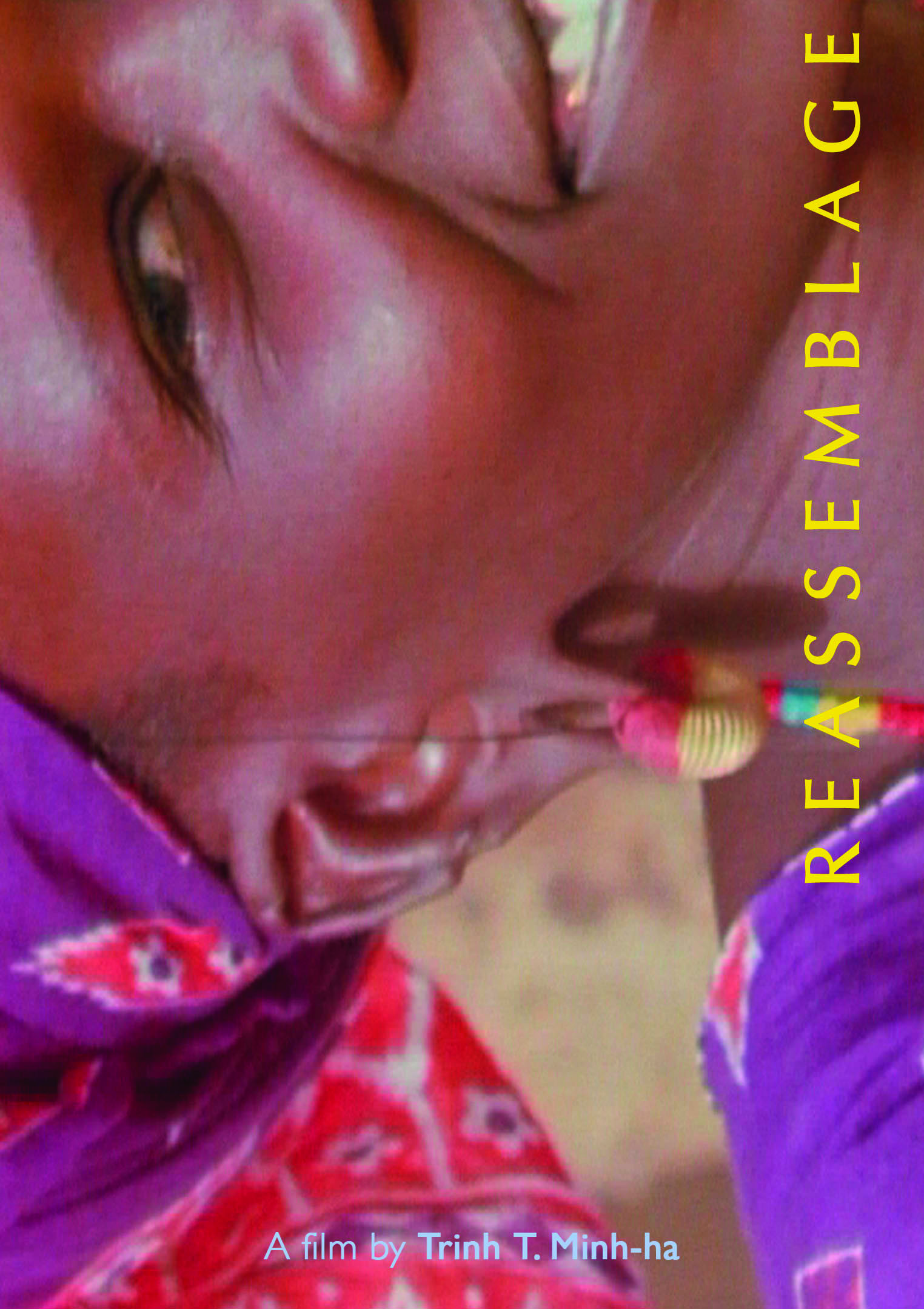Especially as of late, documentaries have been of great interest to me. I very much enjoy learning about new things that I would have never taken the time to look up on the internet. I think something I would love to be apart of at some point in my life is being involved in the production of a documentary. Besides that, every time I watch a documentary I always feel somewhat unsatisfied at the end because I feel like there is always something that the documentary missed or some way to make it better. I also sometimes feel like documentaries sacrifice accuracy for entertainment. Despite this complaint, there is an audience that must be met and this is the mainstream. It is for this reason I was so interested in Reassemblage.
Like most people in this class, I was expecting Reassemblage to be a pretty standard documentary. This expectation was obviously not met and instead met with what appeared to be boring. Reassemblage at moments can be a very difficult watch in the sense that it can just be so dang boring to watch. I think a good piece of documentary or any film is one that makes you think about it afterwards, and I had more fun analyzing Reassemblage than watching it. Trinh Minh takes a completely different approach to achieve "true documentary." Rather than using wide shots to capture the setting of a place, Minh uses extreme and often times uncomfortable close ups of the life to put the viewer directly into the scene. With lake of audio and absolutely no narration, this film does something mainstream media doesn't do. Instead of the documentary telling us what we need to do, the viewer is forced to decipher for themselves what the just watched. Minh says that the director needs to be as little involved in what you see as possible to achieve true raw documentary. Although it was difficult to watch, I really enjoyed talking about this film because it broadened my understanding of documentary had answered so many question I had of my own on the documentary genre.
 |
| Movie Poster for Reassemblage |
I really enjoy thinking about this documentary as one that made me think about it for a long time after watching it. Beyond the ways that I found it uncomfortable or questionable, especially after reading this post I'm coming to realize how much it did force me to deconstruct it in an attempt to justify my reactions. Thanks for making such a good point about the ways we can learn from things even if we don't love every bit of them, and perhaps especially if we don't.
ReplyDelete